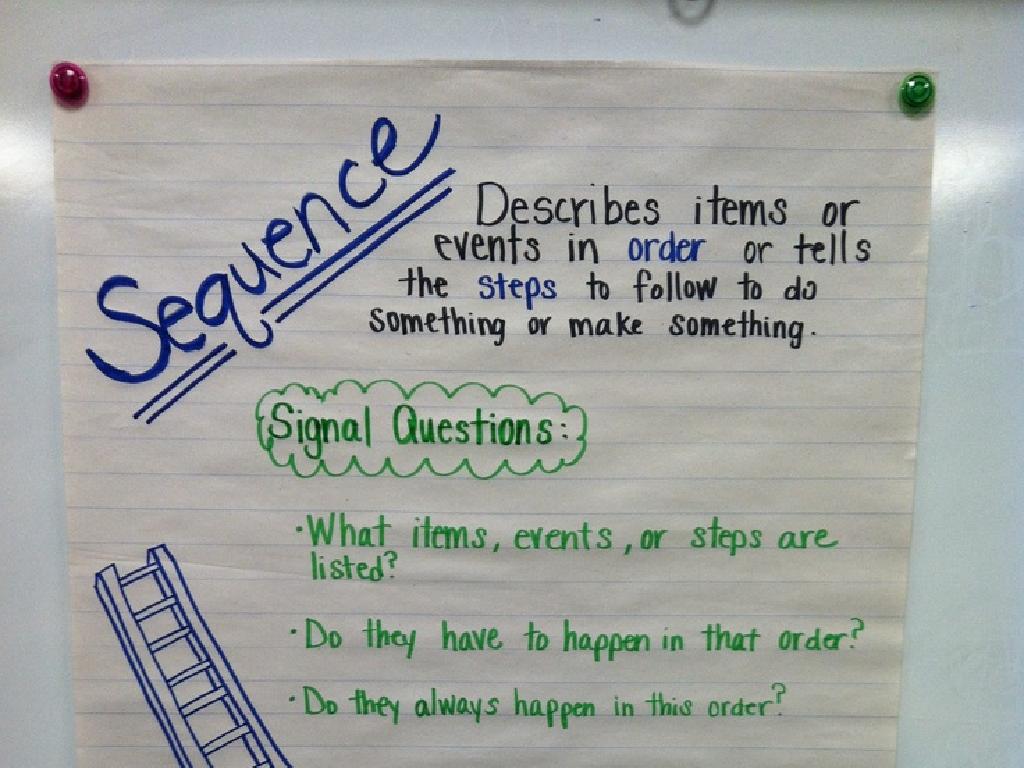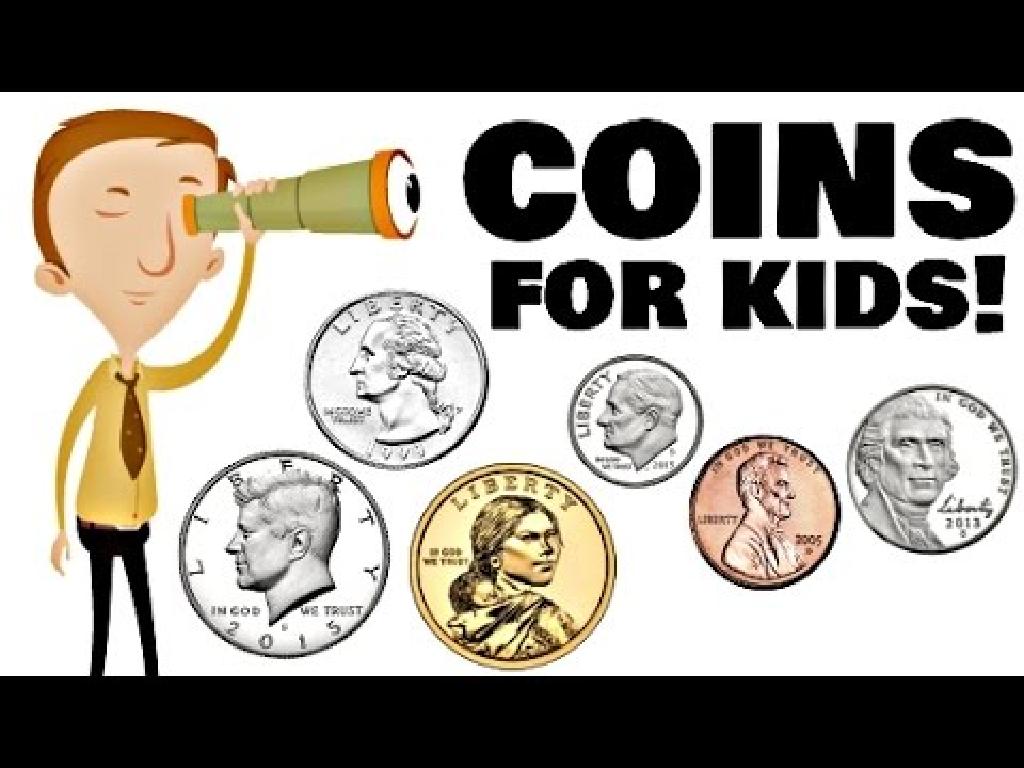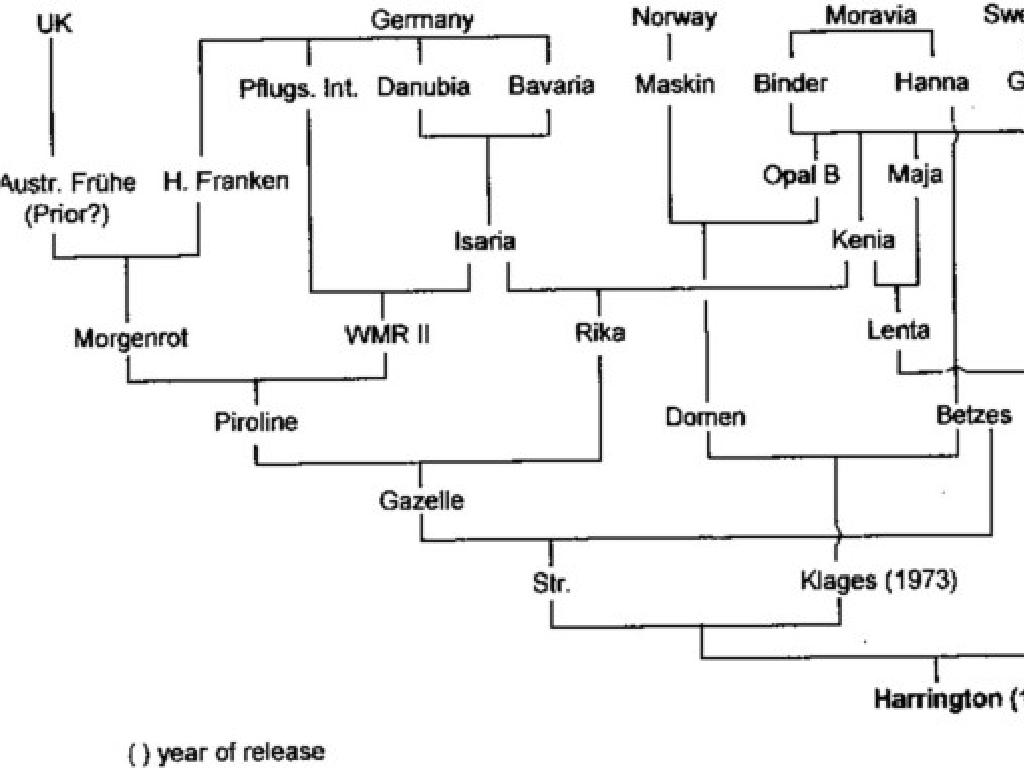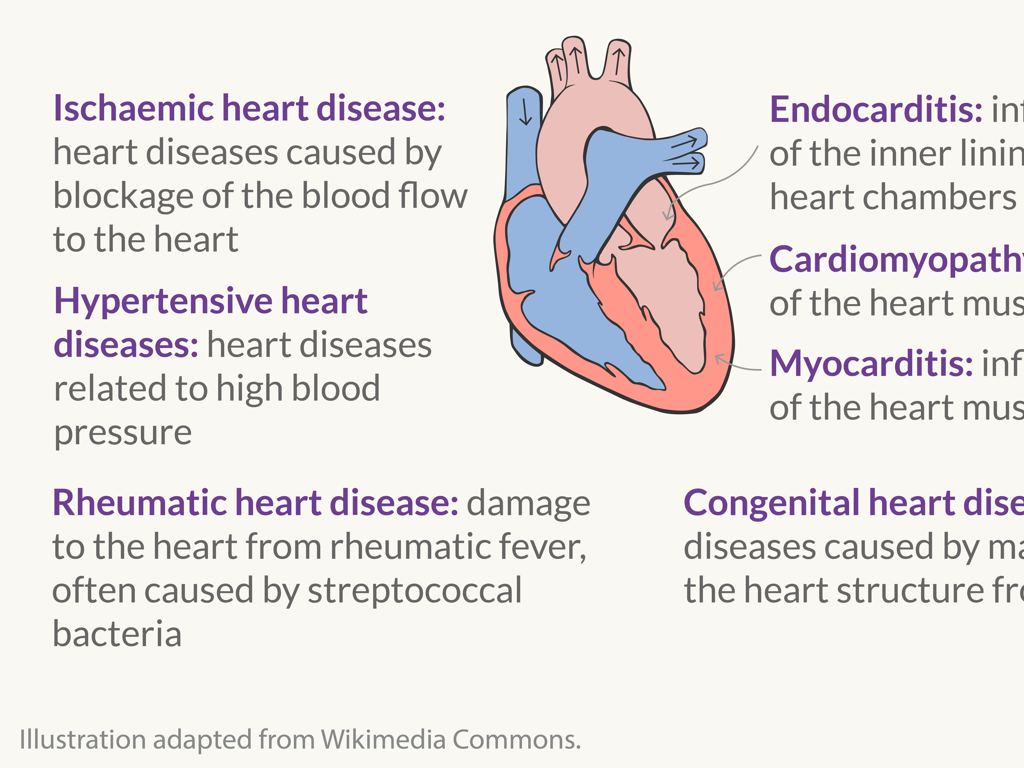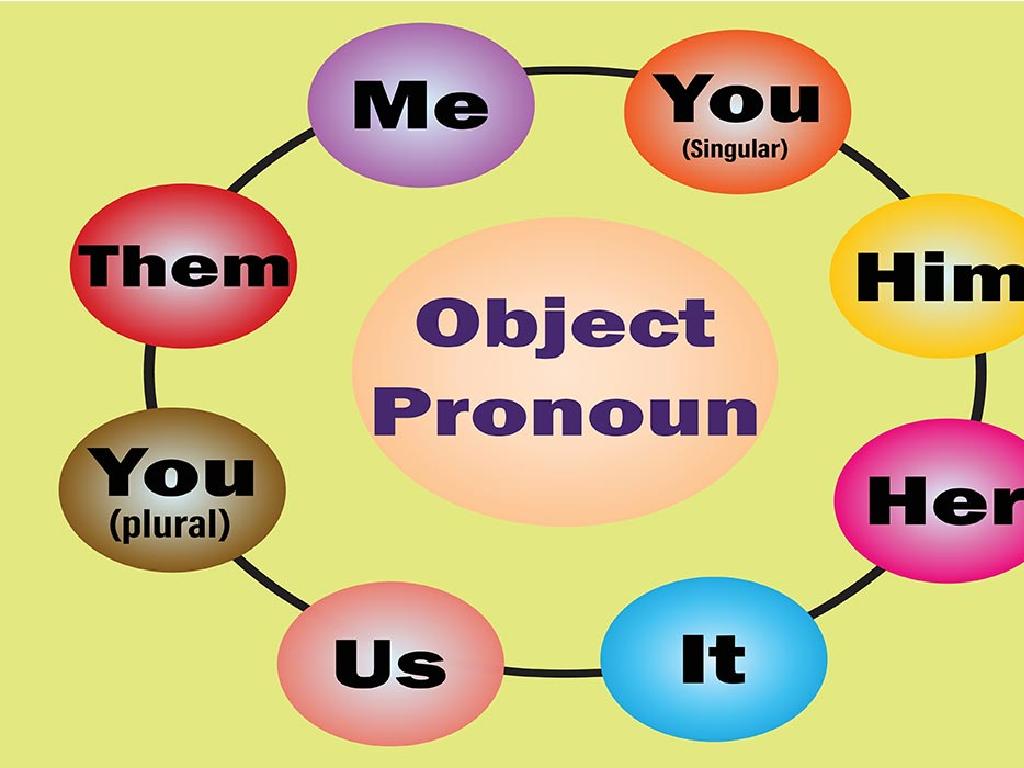Classify Elementary Substances And Compounds Using Chemical Formulas
Subject: Science
Grade: Fifth grade
Topic: Atoms And Molecules
Please LOG IN to download the presentation. Access is available to registered users only.
View More Content
Welcome to Atoms and Molecules!
– Atoms: Matter’s building blocks
– Atoms are tiny particles that are the basic units of matter.
– Atoms make up everything
– Everything you see is made of atoms, even you!
– Molecules: Atoms join together
– When atoms link up, they form molecules.
– Molecules form substances
– Molecules come together to create all the substances around us.
|
This slide introduces the fundamental concepts of atoms and molecules to fifth-grade students. Begin by explaining that atoms are the smallest units of matter, the building blocks that make up everything in the universe. Emphasize that everything they can touch, see, and feel is made of atoms, including themselves. Then, transition to molecules, which are groups of atoms bonded together. Explain that when atoms join forces, they create molecules, and these molecules are what form the various substances around us. Use simple, relatable examples like water (H2O) being made of hydrogen and oxygen atoms to illustrate the concept. Encourage students to think of molecules as ‘teams’ of atoms working together to make all the different materials they interact with every day.
Understanding Elements
– Elements: simplest pure substances
– Cannot be broken down further
– Examples: O, H, C
– Oxygen (O), Hydrogen (H), Carbon (C) are building blocks of matter
– Recognizing chemical symbols
– Learn to identify elements by their chemical symbols
|
This slide introduces the concept of elements to fifth-grade students. Elements are fundamental substances that make up all matter and cannot be broken down into simpler substances through chemical reactions. Emphasize that each element has a unique chemical symbol, usually one or two letters, which is used to represent it in chemical formulas and equations. Provide examples of common elements such as Oxygen (O), Hydrogen (H), and Carbon (C), and explain that these are the building blocks of more complex substances. Encourage students to memorize the symbols of these and other elements as they will encounter them frequently in their study of science.
Understanding Compounds
– Compounds: two or more elements
– Like baking a cake, combining ingredients creates something new
– Unique properties
– They behave differently than the elements alone
– Example: Water (H2O)
– H2O has 2 hydrogen (H) and 1 oxygen (O) atoms
|
This slide introduces the concept of compounds to fifth-grade students. Compounds are explained as substances that are formed by combining two or more different elements. These new substances have unique properties that are different from the properties of the elements they are made from. For example, water is a compound made from hydrogen and oxygen, and it has different properties than either hydrogen or oxygen gas. Emphasize that just like in a recipe, where ingredients come together to make a cake, elements combine in specific ways to make compounds. Use water as a clear example to show how two gases combine to form a liquid, illustrating the unique properties of compounds.
Understanding Chemical Formulas
– Chemical formulas: elements & numbers
– They show the elements in a compound and the number of each atom.
– Water’s formula: H2O
– H2O means 2 hydrogen atoms bonded to 1 oxygen atom.
– Practice reading formulas
– We’ll look at different formulas and learn what they represent.
– Recognize substances & compounds
|
This slide introduces the concept of chemical formulas to the students, explaining that they represent the elements that make up a compound and the number of atoms of each element. Use water (H2O) as a clear example, showing that it consists of two hydrogen atoms and one oxygen atom. Engage the class in practicing the reading of various chemical formulas, reinforcing their understanding of how to identify the elements and the quantity of each within a compound. Emphasize the difference between elementary substances (like O2 for oxygen) and compounds (like CO2 for carbon dioxide). The goal is to help students become comfortable with recognizing and interpreting basic chemical formulas.
Classifying Substances: Elements vs. Compounds
– Elements: Pure substances
– Made of only one kind of atom, e.g., K (potassium)
– Compounds: Two or more elements
– Chemical combination, e.g., NaCl (table salt)
– Reading chemical formulas
– Symbols show elements, numbers show how many atoms
– Activity: Classify substances
– Is CO2 a compound or an element? What about O2?
|
This slide introduces the concept of classifying substances into elements and compounds. Elements are pure substances that consist of only one type of atom, while compounds are made up of two or more different elements that are chemically bonded. Teach students how to read chemical formulas, where the symbols represent the elements and the numbers indicate the quantity of atoms. For the activity, students will classify CO2 (carbon dioxide), NaCl (table salt), K (potassium), and O2 (oxygen) as either elements or compounds. Provide guidance on how to approach the activity and encourage discussion about the differences between elements and compounds. Offer examples and answer questions to ensure understanding.
Mixtures vs. Pure Substances
– Difference between mixtures and pure substances
– Mixtures have varying ingredients; pure substances have one type of particle.
– Mixtures can be separated
– Like salad can be picked apart, mixtures can be divided into original parts.
– Pure substances: fixed composition
– Every part of a pure substance is the same, like distilled water.
– Examples: Water (H2O) and Salt (NaCl)
– Water is always H2O, and table salt is always NaCl.
|
This slide introduces students to the concept of mixtures and pure substances, which is fundamental in understanding chemical composition. Mixtures are combinations of two or more substances that can be physically separated, like sand and salt mixed together. Pure substances, on the other hand, have a uniform and definite composition, such as water or salt, and cannot be separated into other substances by physical means. Use everyday examples to illustrate these concepts, such as comparing a mixture to a fruit salad and a pure substance to a single ingredient like sugar. Emphasize that chemical formulas represent pure substances, not mixtures.
Let’s Practice: Chemical Formulas
– Write formula for salt: NaCl
– Identify elements in glucose: C6H12O6
– Glucose is made of carbon (C), hydrogen (H), and oxygen (O).
– Class activity: Model a water molecule
– Use beads or clay for oxygen and hydrogen atoms.
– Understanding compounds and elements
|
This slide is designed to reinforce the concept of chemical formulas and the classification of substances. Start by explaining that salt is composed of sodium (Na) and chlorine (Cl), hence the formula NaCl. Then, discuss glucose as a compound made of carbon, hydrogen, and oxygen, and how its formula reflects the number of each type of atom. For the class activity, provide students with craft materials like colored beads or clay to represent atoms and have them construct a water molecule (H2O), with the correct ratio of hydrogen to oxygen. This hands-on activity will help them visualize the concept of molecules. Offer guidance on how to connect the atoms and explain the significance of the molecular structure. Have different materials ready for different student preferences. Other possible activities could include drawing molecules, using marshmallows and toothpicks, or creating digital models using software.
Class Activity: Mystery Substance Analysis
– Work in groups to investigate
– Analyze clues and formulas
– Use clues to explore if the substance is a single element, a compound of different elements, or a mixture
– Determine substance type
– Is it an element, compound, or mixture?
– Present findings to class
|
This activity is designed to engage students in hands-on learning about elements, compounds, and mixtures. Divide the class into small groups and provide each with a sample of a ‘mystery substance.’ Give them a set of clues and chemical formulas to aid their investigation. Students will use their knowledge of atoms and molecules to determine the classification of the substance. After the analysis, each group will present their findings, explaining the reasoning behind their conclusion. For the teacher: Prepare different samples for the groups, ensure the clues are clear but not too revealing, and have a list of questions ready to prompt students if they get stuck. Possible substances could include pure water (compound), iron filings (element), and saltwater (mixture).
Conclusion: Classifying Substances
– Review of lesson’s key points
– Importance of substance classification
– Helps us understand what things are made of and predict reactions
– Homework: Elements & Compounds
– Identify everyday elements and compounds
– Write chemical formulas
– Use periodic table to find symbols and create formulas
|
As we wrap up today’s lesson, let’s revisit the main concepts we’ve learned about classifying substances using chemical formulas. Understanding the classification of substances is crucial because it allows us to identify the composition of materials around us and predict how they will react with one another. For homework, students are encouraged to look around their homes for examples of pure elements and compounds, such as water (H2O) or table salt (NaCl), and write down their chemical formulas. This exercise will help reinforce their ability to recognize and classify substances, as well as familiarize them with using the periodic table to find element symbols and construct chemical formulas. In our next class, we’ll discuss their findings and continue to explore the fascinating world of atoms and molecules.

